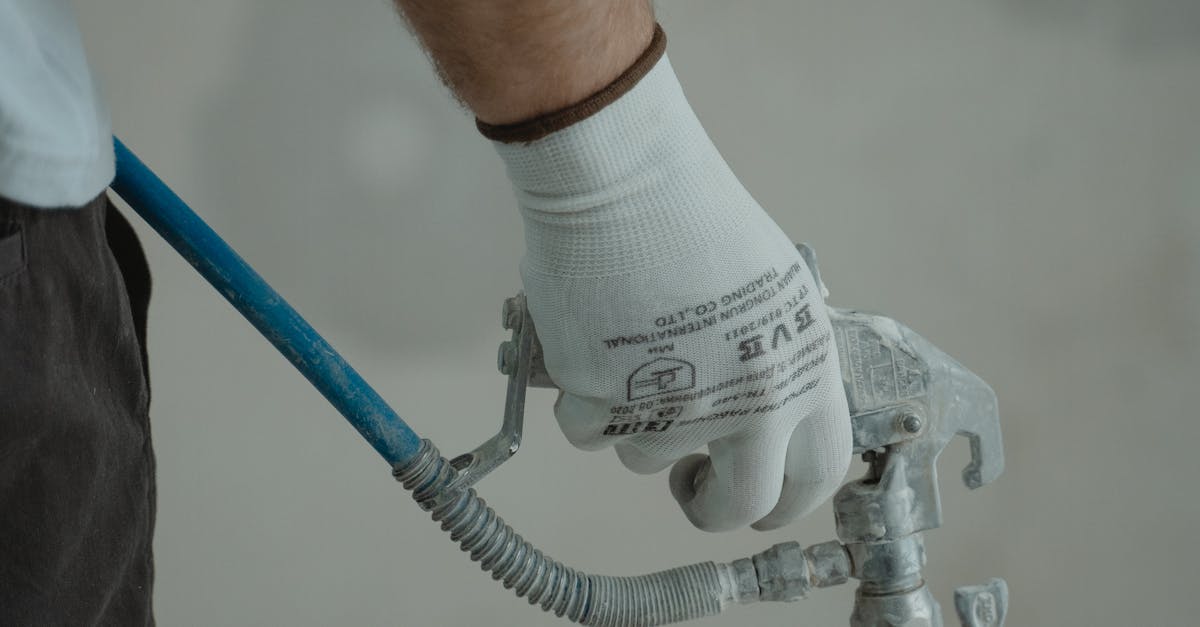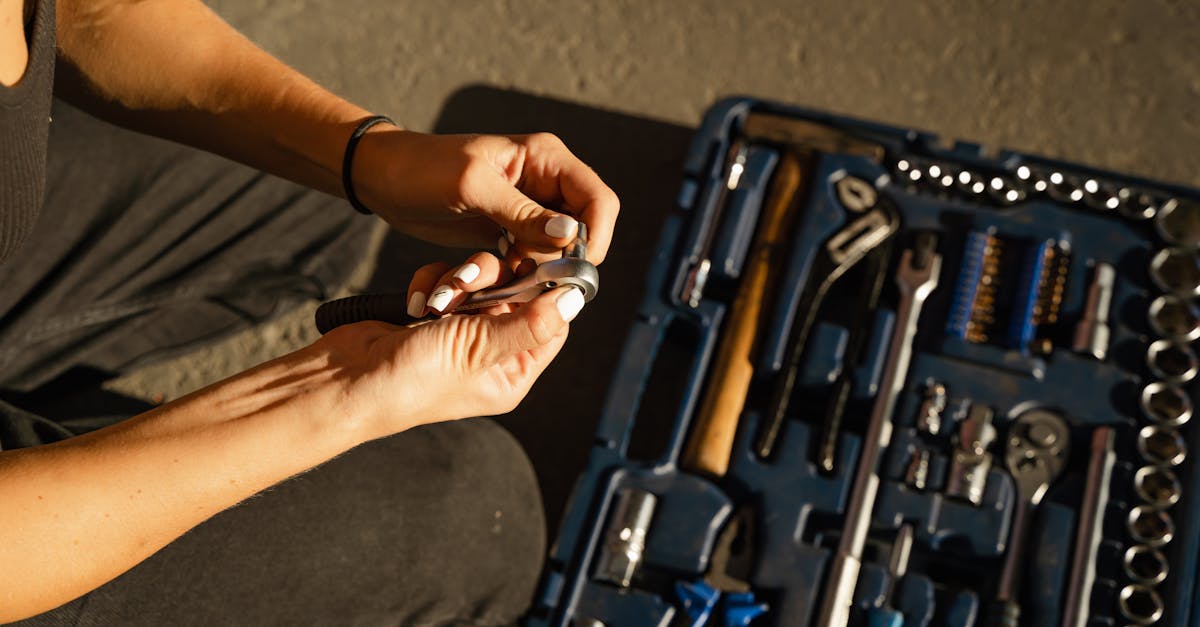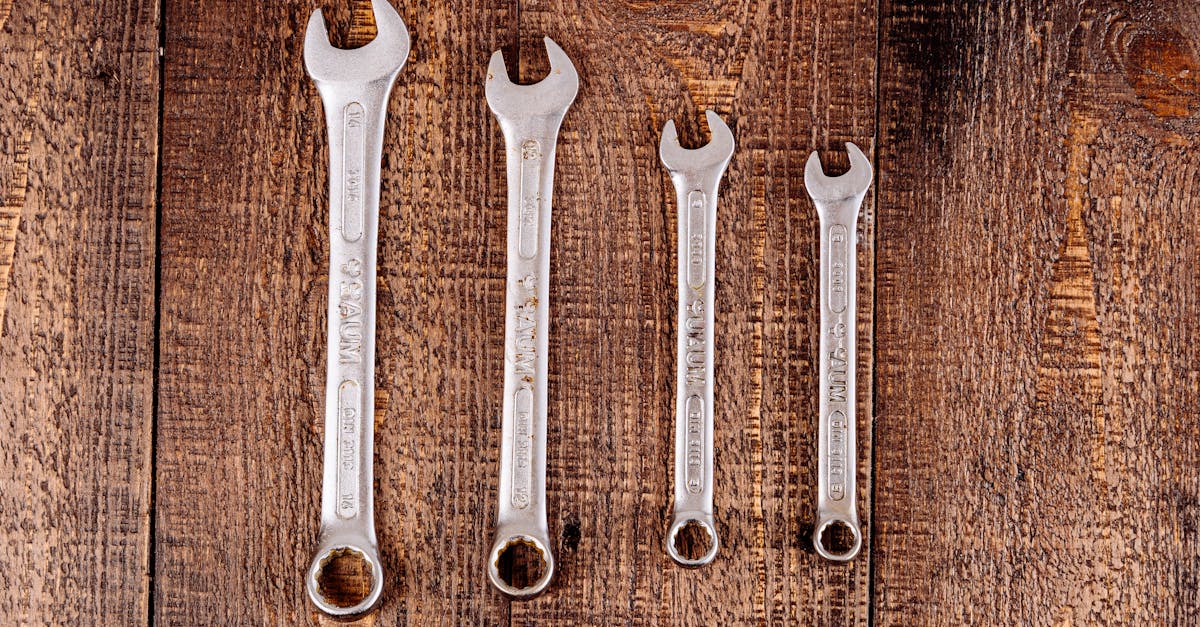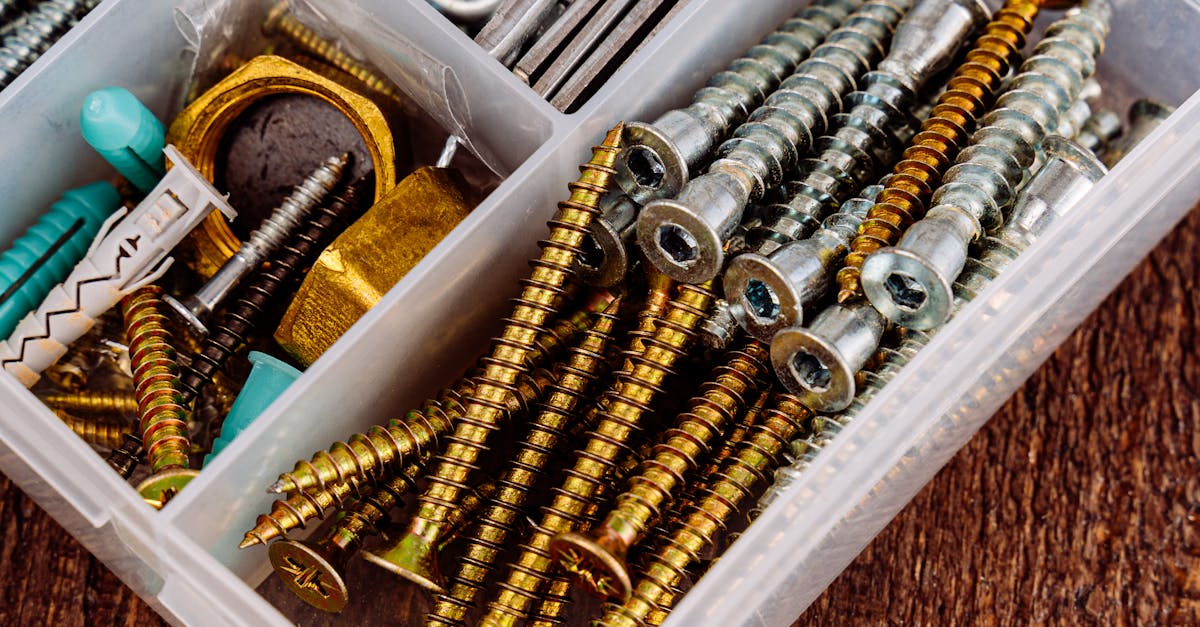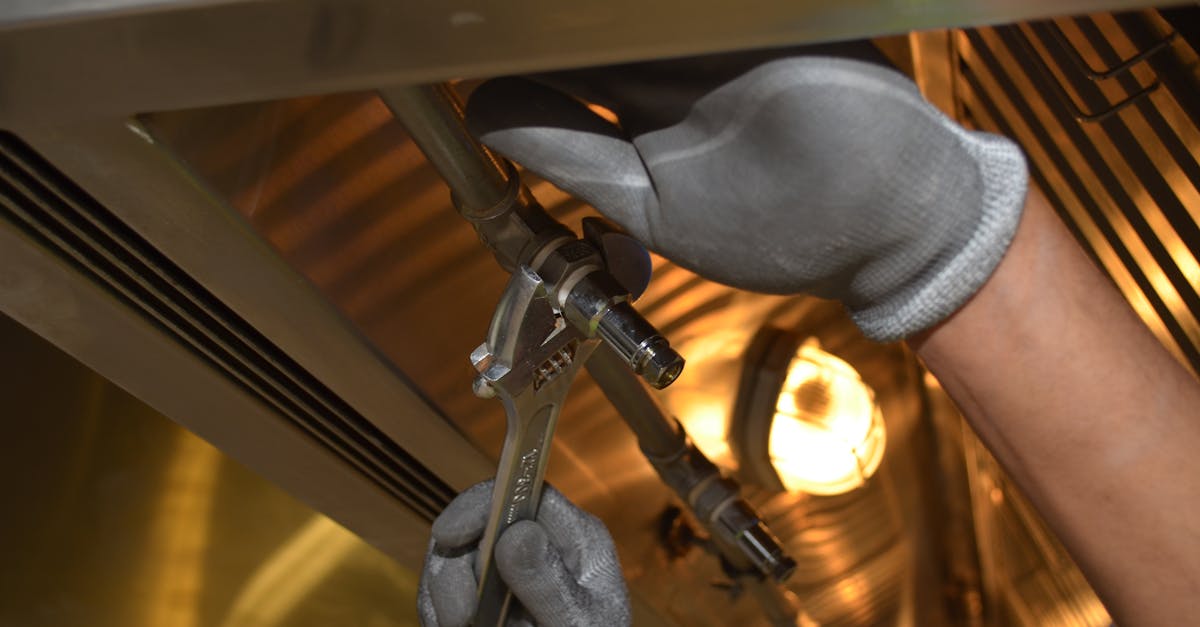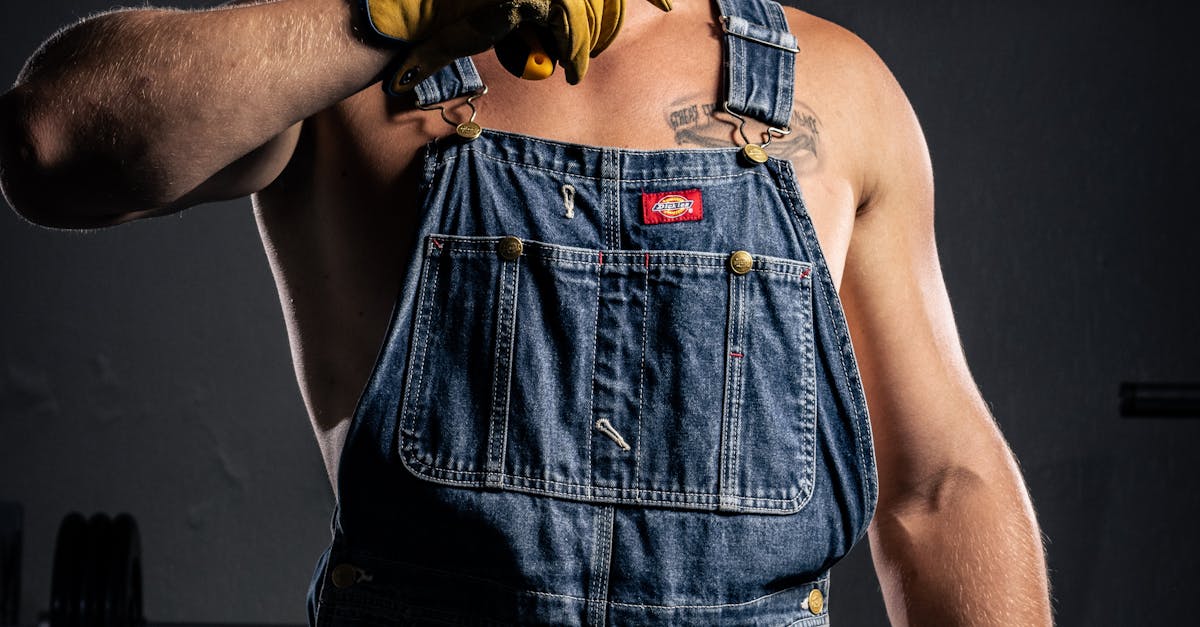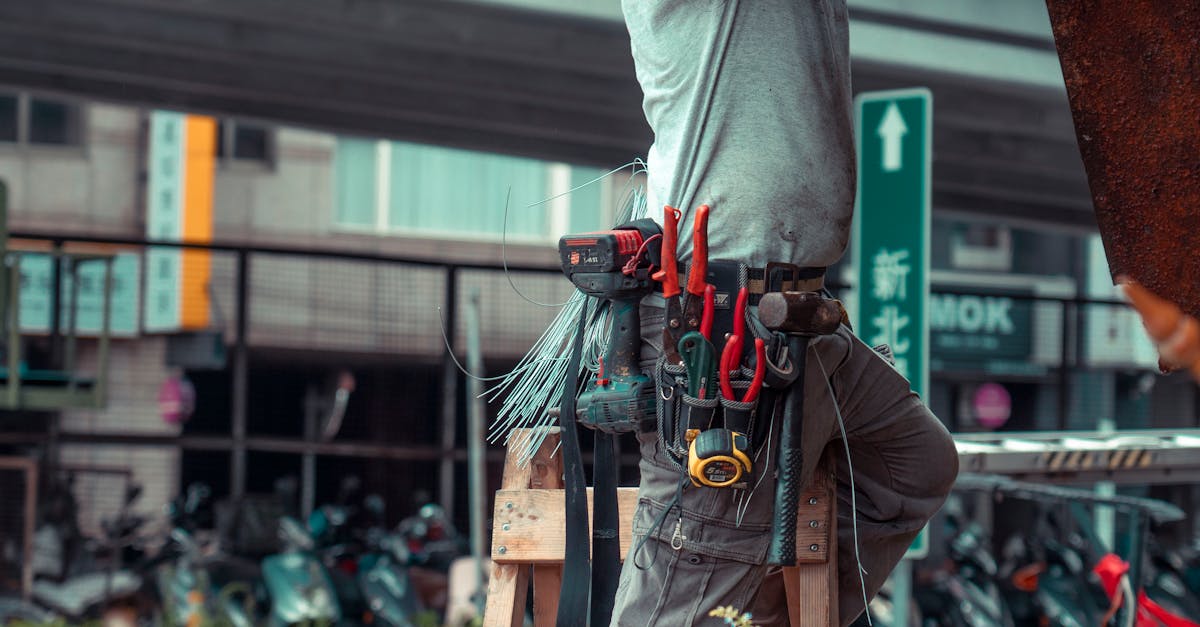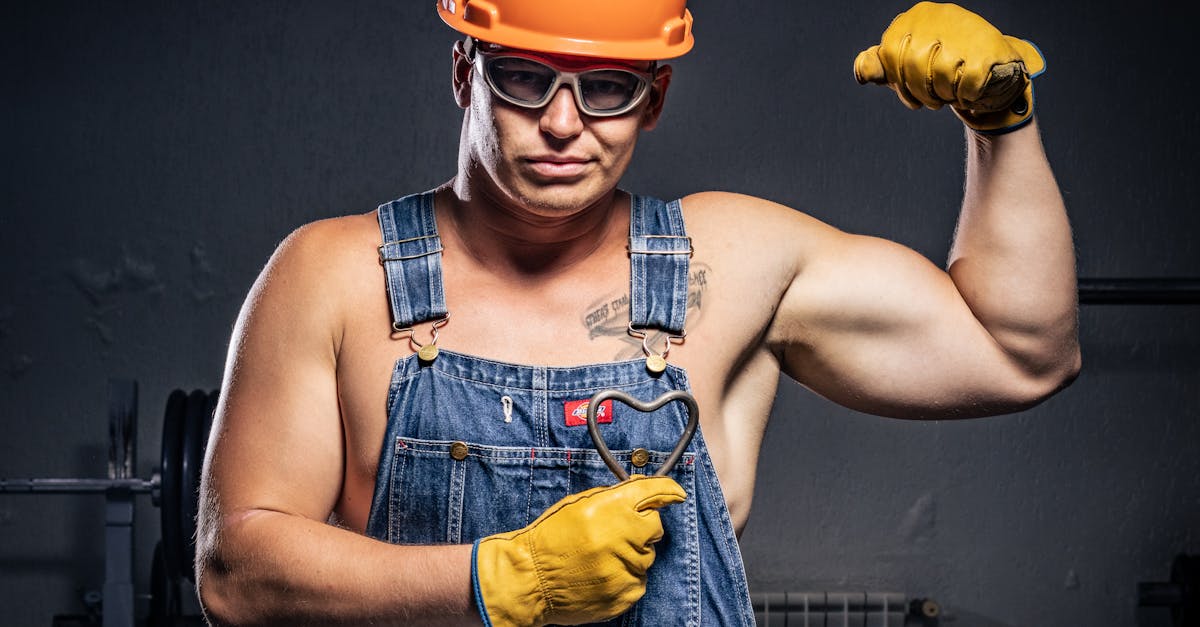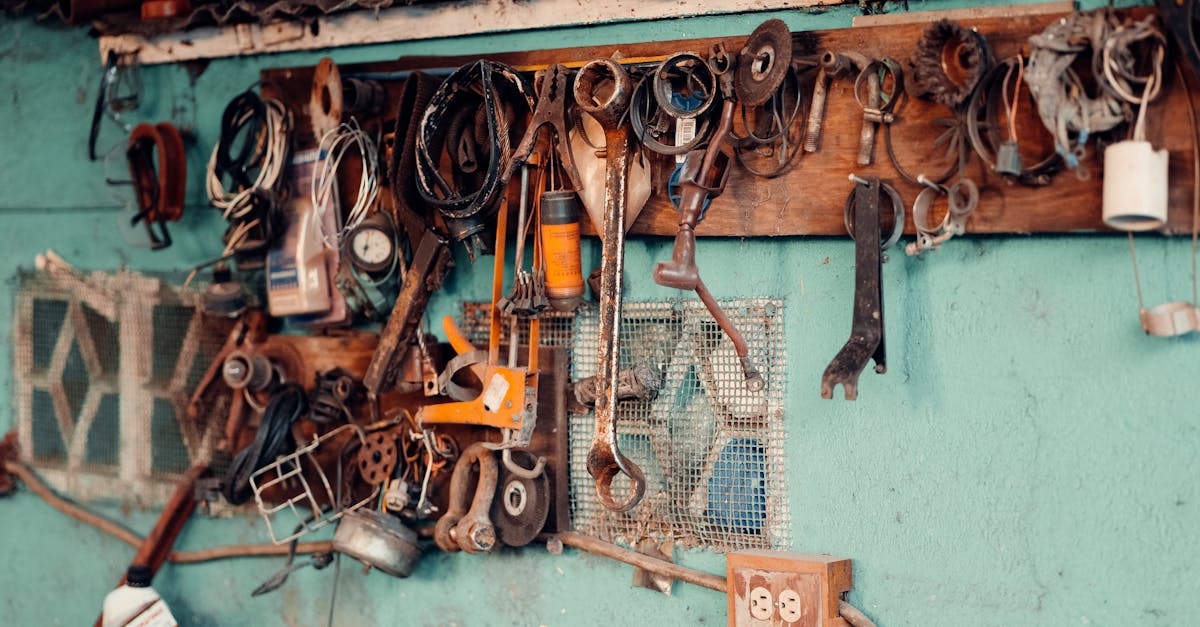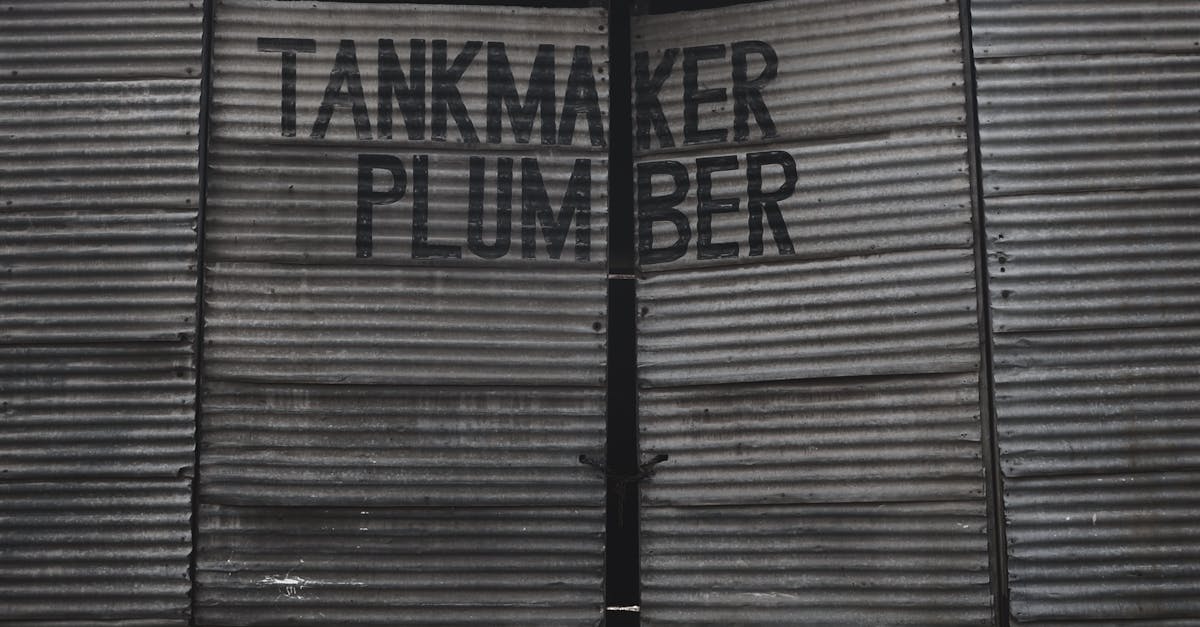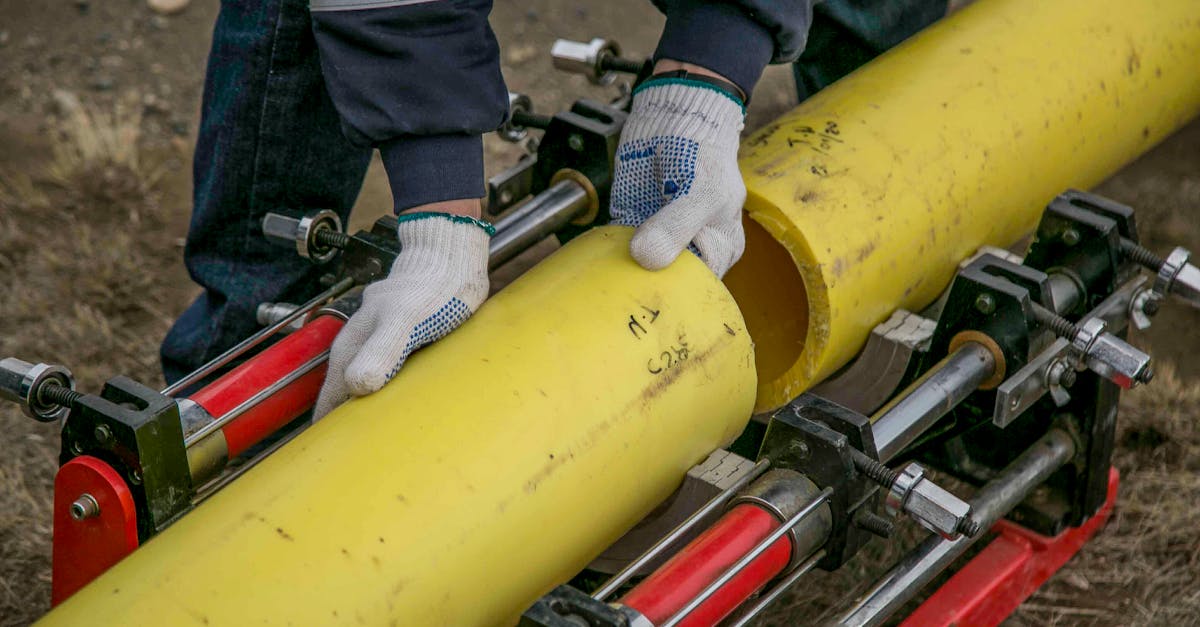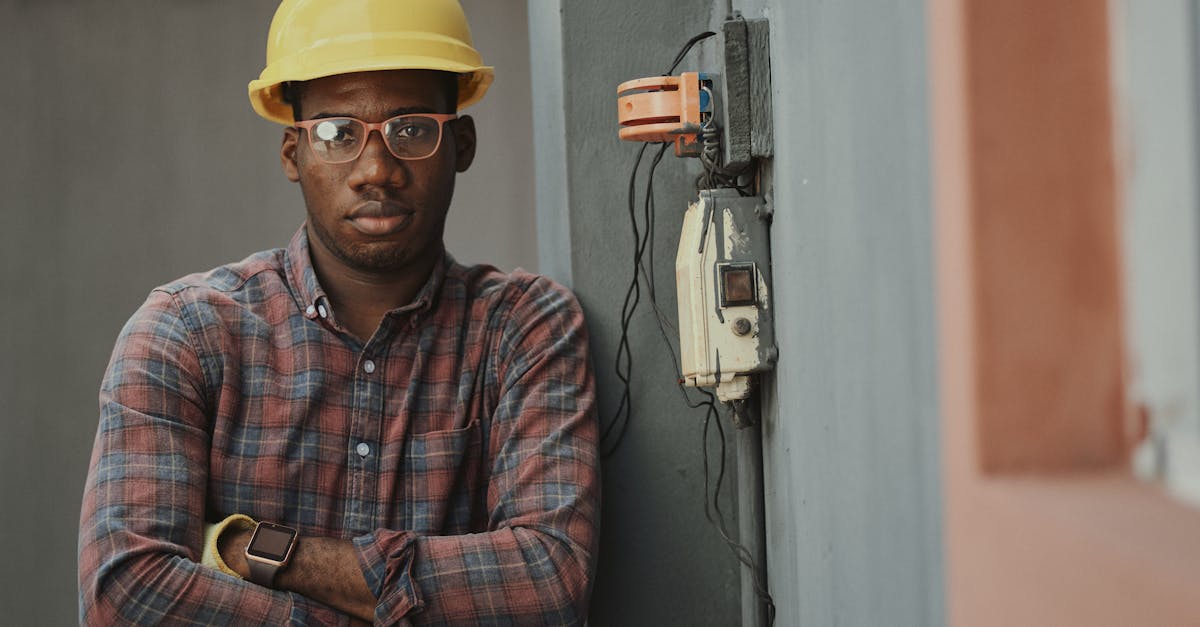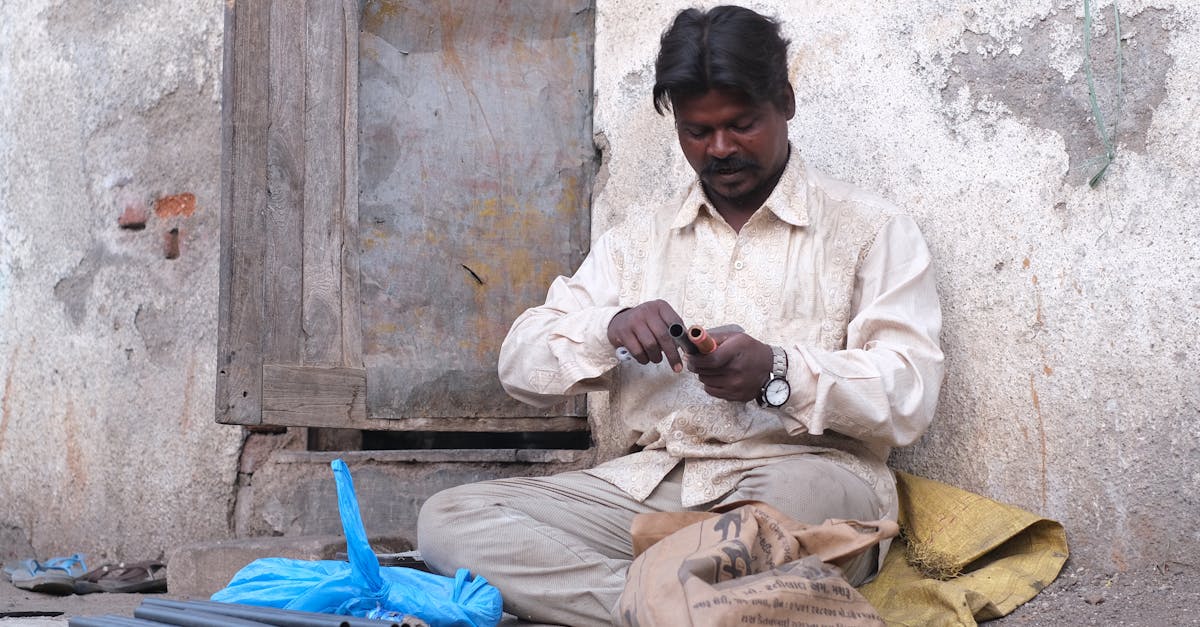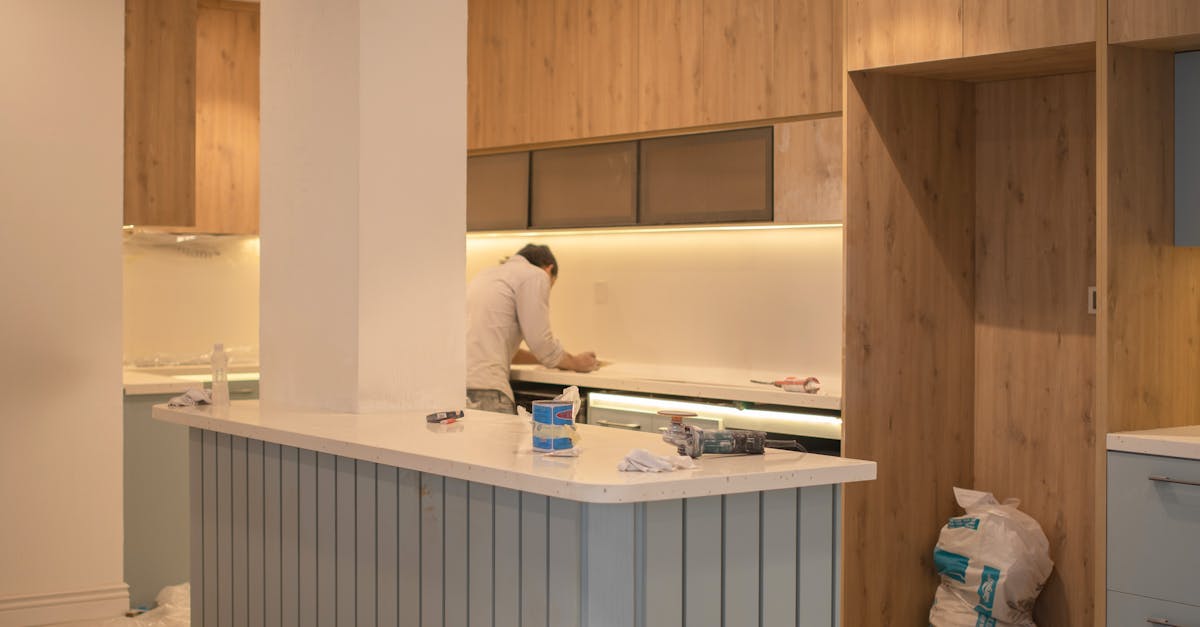
Table Of Contents
Ideal Situations for Pipe Relining
Pipe relining is particularly advantageous in cases where traditional methods of repair, such as excavation, would be disruptive or costly. For instance, when dealing with aging infrastructure or pipes located beneath roads, landscaping, or buildings, the minimally invasive nature of pipe relining makes it a preferred choice. This method allows for repairs without the need for extensive digging, resulting in less mess and a significantly reduced impact on the surrounding environment.
Another ideal situation for pipe relining arises when there are recurring issues such as root intrusion or minor cracks that do not warrant full pipe replacement. In these scenarios, pipe relining can effectively strengthen the existing pipe while addressing the underlying problems. This solution provides a durable barrier against future damage, ensuring that the system functions efficiently for years to come.
Best Scenarios for Implementation
Pipe relining is particularly advantageous in scenarios where traditional excavation would cause significant disruption. Properties with landscaped yards or paved surfaces stand to benefit greatly, as relining minimizes the need for digging. This method is also ideal for older homes with complex plumbing systems, where access to pipes is limited. By utilizing pipe relining, homeowners can restore their drainage systems without the mess typically associated with conventional repairs.
Another advantageous scenario for pipe relining is when pipes exhibit minor to moderate damage such as cracks or leaks. This technique effectively seals and strengthens the existing pipe, addressing issues without necessitating a complete replacement. Additionally, environments prone to tree root intrusion find pipe relining beneficial, as it provides a durable barrier against future root interference. In these cases, relining is a practical and efficient solution for maintaining the integrity of the plumbing system.
LongTerm Maintenance After Relining
Long-term maintenance after pipe relining is essential for ensuring the durability and effectiveness of the newly installed pipes. Regular inspections should be scheduled to assess the condition of the relined pipes. These inspections help identify any potential issues early, preventing more serious problems down the line. Keeping records of the maintenance activities and findings can aid in planning future work and ensuring that the relined pipes continue to function optimally.
In addition to routine inspections, homeowners should adopt certain practices to protect their pipes. Avoiding the disposal of grease, non-biodegradable materials, and chemical substances in the plumbing system can reduce the risk of clogs or damage. Understanding the limits of the pipe relining materials used is crucial. Adhering to these maintenance tips contributes to prolonging the lifespan of the relined pipes and maximizing the investment made in pipe relining services.
Tips for Prolonging Pipe Life
Maintaining the longevity of your pipes involves regular inspections and preventative measures. Routine check-ups can identify minor issues before they escalate into significant problems. Keeping an eye on your plumbing system enables you to address any signs of wear early on. Proper drainage practices, such as avoiding flushing inappropriate items, can also make a substantial difference.
Investing in pipe relining can be a vital aspect of prolonging pipe life. This method not only repairs existing damage but also reinforces the structural integrity of your pipes. Consider scheduling relining services during regular maintenance periods. Using appropriate filtration systems can further protect your pipes from debris and buildup, contributing to their overall durability.
How to Choose a Pipe Relining Service
Choosing the right pipe relining service requires careful consideration of several factors. Start by researching local companies that specialize in pipe relining. Look for businesses with positive reviews and testimonials from previous customers. Ensure that they have the necessary licenses and insurance to perform the work. Experience in the industry can be a significant advantage, as more seasoned professionals often deal with a wider variety of pipe conditions and challenges.
It is also important to obtain multiple quotes from different pipe relining services. This allows you to compare pricing, methods used, and warranties offered. Communicating your specific needs and any concerns can help identify a service that aligns with your expectations. Don't hesitate to ask about the materials and technologies they use, as high-quality products can lead to longer-lasting results.
Factors to Consider
When evaluating pipe relining services, it is important to consider the material composition of your existing pipes. Different pipe materials react uniquely to the relining process. Understanding whether the pipes are made from clay, PVC, or cast iron can influence both the technique used for relining and the expected longevity of the repair. Each type may require a specialized approach to ensure the relining material adheres properly and functions effectively over time.
Another key factor involves assessing the extent of pipe damage and its location. Minor cracks or leaks may benefit from a straightforward relining procedure, while severe deterioration might demand more extensive intervention. Identifying the root cause of the damage is crucial in preventing future issues. Additionally, local regulations and permits must be considered, as compliance can affect both timeline and cost when opting for pipe relining services.
FAQS
What are some ideal situations for pipe relining?
Ideal situations for pipe relining include instances where pipes are cracked, leaking, or experiencing significant root intrusions, as well as when conventional digging methods would be too disruptive or costly.
How do I know when it's time to reline my pipes?
Signs that it may be time to reline your pipes include frequent clogs, slow drainage, sewage backups, noticeable leaks, and the presence of tree roots in your plumbing system.
What is the long-term maintenance required after relining pipes?
After relining pipes, long-term maintenance typically involves regular inspections, monitoring for any signs of leaks or damage, and keeping the pipes clear of debris to ensure optimal flow.
What tips can help prolong the life of relined pipes?
To prolong the life of relined pipes, avoid flushing non-biodegradable items, maintain proper drainage, schedule routine inspections, and address any plumbing issues promptly.
How can I choose the right pipe relining service?
When choosing a pipe relining service, consider factors such as the company's experience, customer reviews, the technology they use, warranties offered, and their overall reputation in the industry.

